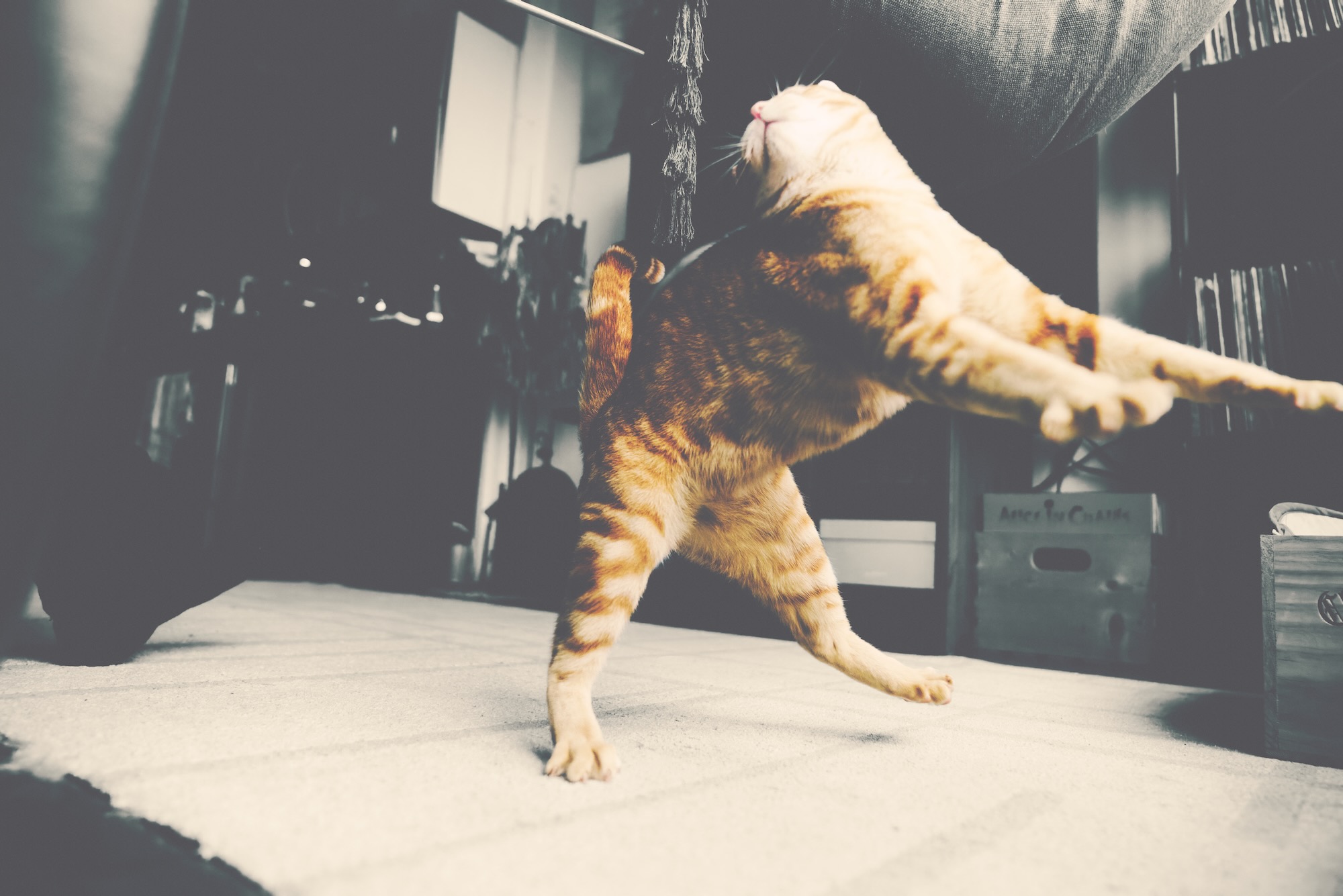[amazon template=iframe image&asin=1550173863,B00GF1Q4HG,1895811007,1551101424,189590708X]
Stanley Park remains today, as it did 100 years ago, “Vancouver’s Playground.”
Boasting a total area of 1,000 acres, sandy beaches, and approximately 500,000 giant fir, hemlock, and cedar trees, swimming pools, lakes and stunning vistas from every side, the natural beauty of the area has been preserved and the Park remains as the single biggest draw for visitors and locals alike.
Vancouver’s landmark park, named after Lord Stanley of Preston, the Governor General of Canada in the late nineteenth century, boasts a history as long as Vancouver itself. Originally used as a military installation for the British to defend against impending American attack, it quickly became a protected area as the city of Vancouver was becoming forged as a frontier community.
In 1887, merely a year after Vancouver become incorporated as a city, the lands were leased for the purpose of establishing the Park, and Canada’s largest civil-funded park was born.
That year, a community soon-to-be the West End – located directly adjacent to Stanley Park – was stirring up interest with elite buyers keen to be a part of this newly-opened area. With this steady influx of residents came a desire to develop and utilize the Park to its full potential. It quickly became the favorite location for many activities, not least bicycle racing, which was exceedingly popular through the 1890’s. This was what Brockton Oval, on the eastern peninsula, was originally built for.
By 1913, the Park had become an important tourist destination, drawing some 50,000 visitors on foot per week (the Park was still free of automobiles until the next year). By 1918, the famous ‘seawall’ began construction – now an enormously popular trail that circumnavigates the entire park (8.8 km) – however was not completed until 1980.
Stanley Park Quick fact:
‘Lost Lagoon’ was named by native Indian poet, Pauline Johnson. For many years, the lagoon was simply a shallow outlet from the ocean and the water would disappear at low tide. Later, a man-made blockage was created and it now is a tranquil habitat for many animals and birds.
Today, the Park is a integral part of the lives of many Vancouverites, and further establishes the city as one of the premier cities to reside and visit in the world. Stanley Park is now know as the largest urban setting park in North America. The Project for Public Spaces has ranked Stanley Park as the sixteenth best park in the world and sixth best in North America.
Take a closer look with our Stanley Park map
Read about many Stanley Park special features and articles
See lots of photos in our gallery
Coordinates: 49° 18′ 13.49″ N, 123° 8′ 42.85″ W
Here is a summary of some of its many features:
- 404.9 hectares 1,000 acres of land
- the park now attracts an estimated eight million visitors a year
- 8.8 km (5.5 mile) Seawall and bike route around the Park used by an
estimated 2.5 million pedestrians, cyclists, and rollerbladers a year - network of 200 hundred kilometres of trails within the Park
- outdoor swimming pool (at Second Beach)
- Vancouver Public Aquarium
- 2 freshwater lakes (Beaver & Lost Lagoon)
- four major restaurants (Ferguson Point Teahouse, Fish House, Prospect Point Cafe and Stanley Park Pavilion)
- HMCS Discovery – a fascinating naval museum that many tourists are unaware of. It is also steeped in history and is an attractive spot to boot
Stanley Park Quick fact:
Coal Harbor was aptly named due to the fact that explorers found the shores were lined with coal. This would explain the interest that CP Rail had with the area.
Of course, beyond the facts and figures, there are memorable vistas of Vancouver Island from English Bay, the port and city skyline from Brockton Point, the North Shore mountains from Prospect Point and Pacific Ocean from just about anywhere you look!
For more information about Stanley Park and its offerings, check out these links:
Vancouver Park Board
Vancouver Aquarium
[GARD]


I can’t find any history or photos of the Aquarium when it was located at English Bay prior to the 1950’s. Can you help with a web site?
Sorry I dont have any information. Also sorry of the extreme lateness of the reply. I am just reworking the site and comments are now more highlighted.